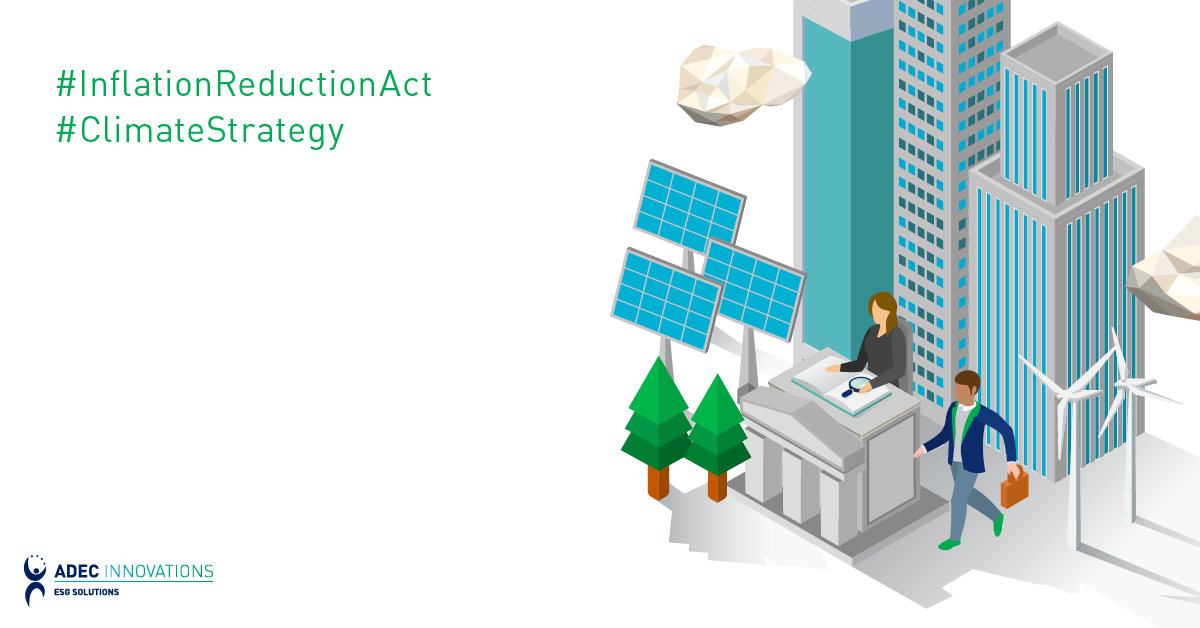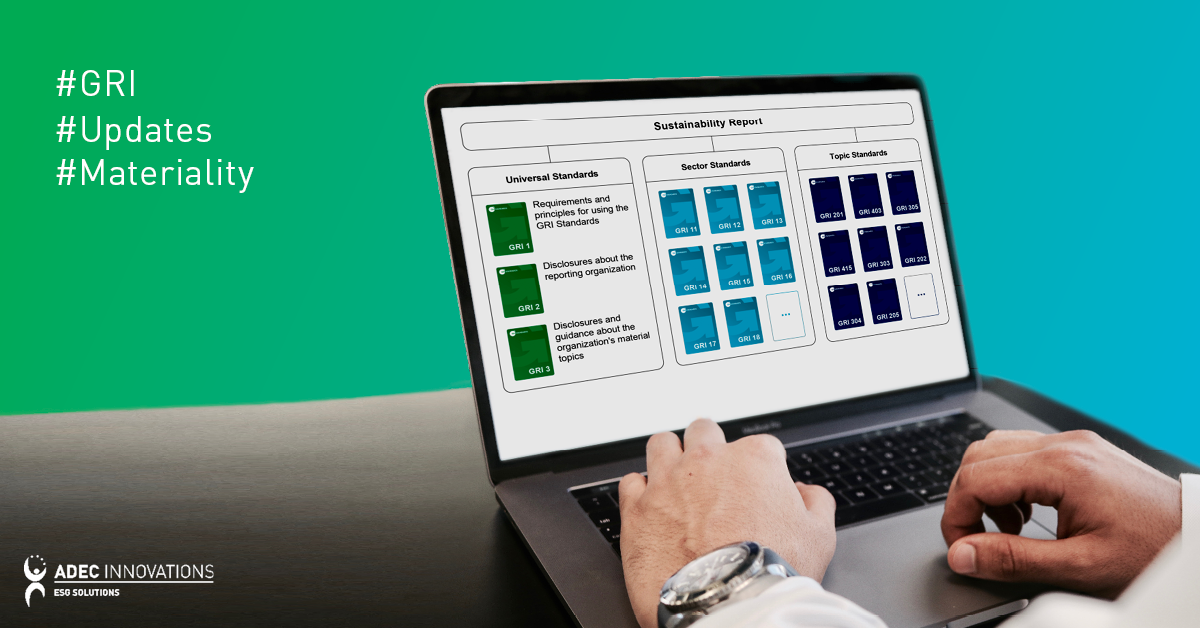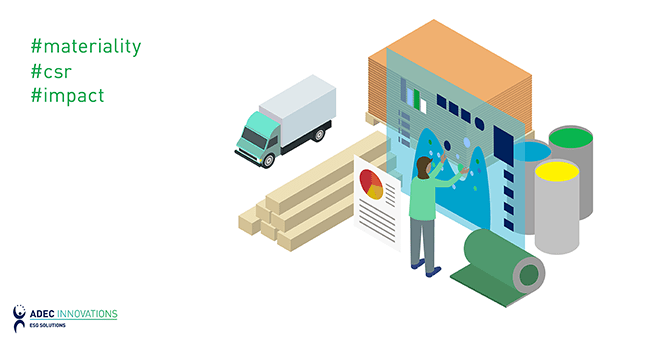This trend is no different in the infrastructure sector, where developers and utilities must get their arms around scattered environmental sustainability data to support reporting and compliance efforts. From simply defining what data is meaningful for your company to navigating the tools available to manage it, bringing big data under control is rarely simple. But, there are basic steps and technology tools that can help you bring big data problems down to size.
Define and Prioritize
One way to identify your critical data sets is to look at what others in your industry are doing. For example, review your competitors’ most recent sustainability reports and see what issues they are addressing, what components or processes they tout as being important, and why. It pays to look at what major reporting standards require or suggest. The Global Reporting Initiative (GRI), for example, provides a checklist for reporting purposes. It also has criteria lists for specific industries. Other reporting standards that may be helpful include the UN Global Compact (UNGC) and CDP’s (formerly the Carbon Disclosure Project) climate change and water standards.
Many companies are reporting to these programs as a strategic tool and/or communications piece for stakeholders. Even for those companies not reporting, the data specified by these standards can help prioritize sustainability efforts. Prioritization starts with assessing your organization’s biggest environmental impacts. Consider building an environmental issues map that tracks your key sources and possible solutions in areas such as greenhouse gases (GHG), water (pollution and use), air emissions, waste management and energy use.
Analyze for Materiality
Similar to the concept of environmental issues mapping is materiality analysis, which can help you prioritize sustainability risks and opportunities and weigh the needs of various stakeholders. Knowing what data you need (and for what purposes) will help you determine where to collect the data. It can help to begin with the end in mind, looking at the requirements of relevant regulations and organizations such as CDP, GRI, ISO 14000/ISO 14001 and FTSE4GOOD.
Consider a dedicated software solution or cloud-based system that will do the integration for you and help you manage, analyze and report the results in an efficient way. Software tools will also make the standardization process much simpler. Data standardization and normalization is vital because it establishes consistency in what is measured, consistency year-over-year and consistency and context with specific metrics used.
The big data challenges you may face in developing sound environmental sustainability reporting or compliance programs don’t have to be overwhelming. The keys are determining the critical issues and relevant data for you and your stakeholders, prioritizing that data to narrow your universe, collecting that data into standard formats, and finding and using the best tools and partners.
ADEC ESG is a leading sustainability solutions provider working with organizations and governments around the globe. Our team integrates consulting experience with software and extensive knowledge in back-office data processing. For more information on mastering data in environmental sustainability, download our white paper.




